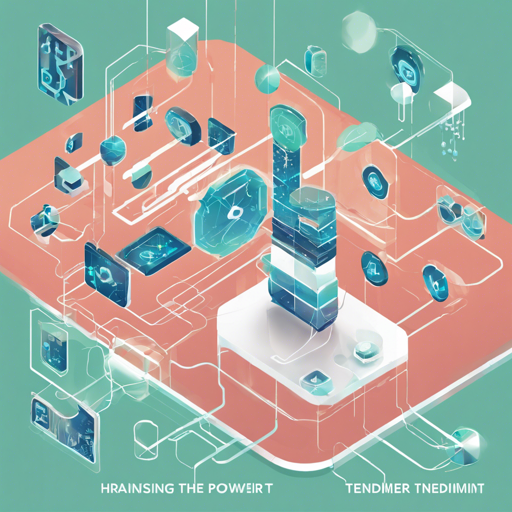Tendermint serves as a robust foundation for creating efficient blockchains by merging Byzantine Fault Tolerance (BFT) and P2P networking. In this article, we will discuss how to implement Tendermint in your projects, its components, and common troubleshooting tips.
Understanding the Components of Tendermint
To simplify our exploration, let’s compare a blockchain to a neighborhood where each house represents a block containing transactions. Tendermint acts like the neighborhood’s homeowners’ association (HOA), ensuring that all rules for living harmoniously are followed.
- P2P Networking: This is how houses communicate with each other in our neighborhood. Each house is equipped with a unique address and can send and receive messages from others efficiently.
- Mempool: This acts as a waiting area where transactions that need to be confirmed reside before they are added to the blocks, much like a driveway where cars wait to enter the street.
- Blockchain: These are the actual streets where houses are located, forming the entire layout of the neighborhood, with each block connected to another.
- State: The current status of our neighborhood, containing information about all the houses, like who lives where and what has been built.
- Consensus: This is the unanimous agreement among neighbors on how to proceed with new rules or changes. It determines which transactions are valid and should be added to the blockchain.
Setting Up Tendermint
Here’s how to set up a basic Tendermint environment:
- First, ensure your Go environment is set up, as Tendermint is built with Go.
- Install Tendermint by running the following command:
go get github.com/tendermint/tenderminttendermint inittendermint startTroubleshooting Common Issues
If you encounter issues while working with Tendermint, consider the following troubleshooting ideas:
- Node not starting: Ensure your Go version is compatible with Tendermint. Version conflicts can prevent it from launching correctly.
- Network issues: Check your P2P configurations. Verify that your firewall settings are not blocking the necessary ports.
- Transaction failures: Look into your mempool to see if your transactions are stuck. Adjust the gas price or ensure transactions are valid.
For more insights, updates, or to collaborate on AI development projects, stay connected with fxis.ai.
Conclusion
At fxis.ai, we believe that such advancements are crucial for the future of AI, as they enable more comprehensive and effective solutions. Our team is continually exploring new methodologies to push the envelope in artificial intelligence, ensuring that our clients benefit from the latest technological innovations.

